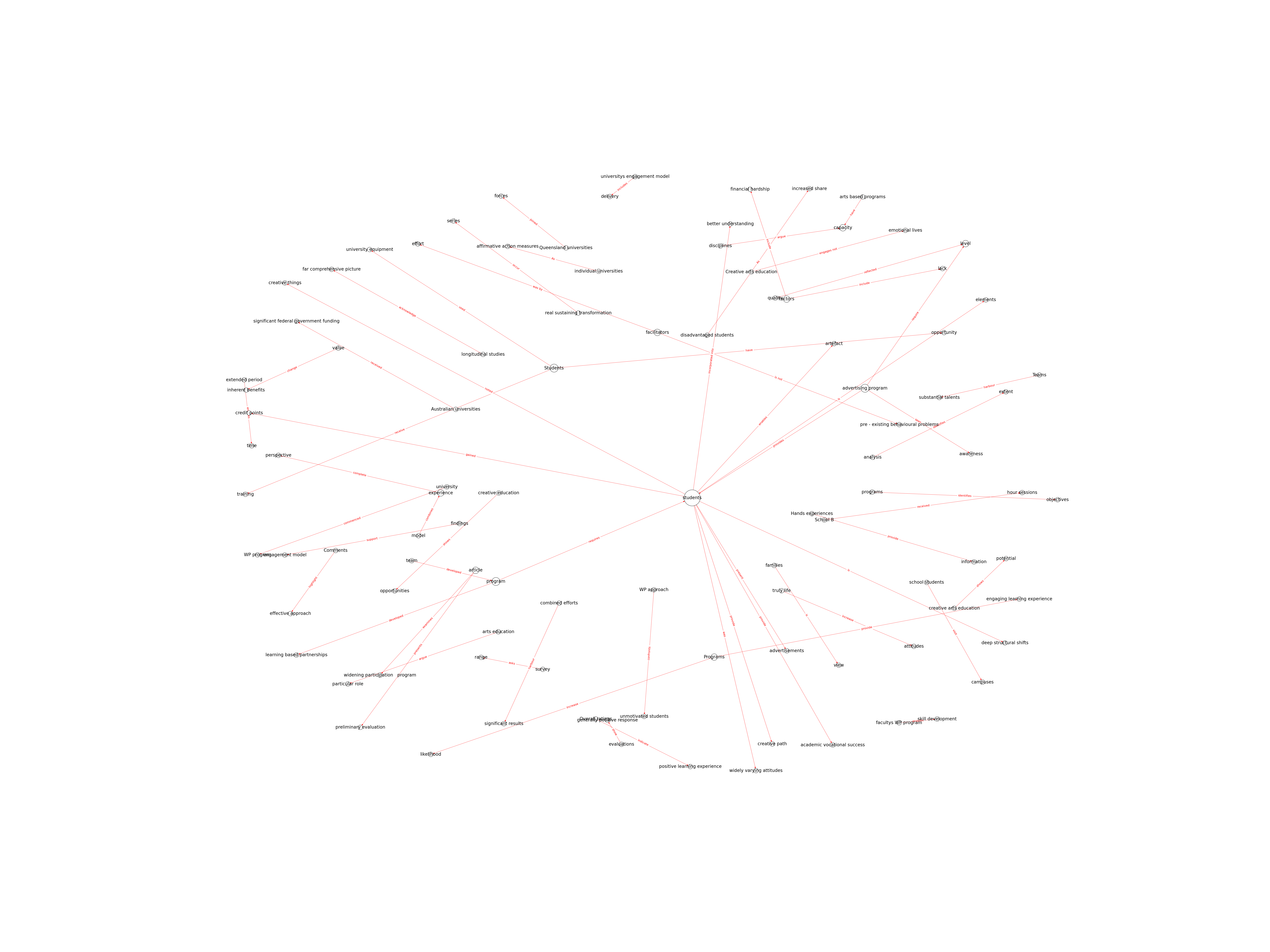| Id | 500 | |
| Author | Felton E., Vichie K., Moore E. | |
| Title | Widening participation creatively: creative arts education for social inclusion | |
| Reference | Felton E., Vichie K., Moore E.; Widening participation creatively: creative arts education for social inclusion ;Higher Education Research and Development vol:35 issue: 3 page:447 |
|
| Keywords | creative arts education; equity; social inclusion; university aspiration; university outreach; widening participation |
|
| Link to article | https://www.scopus.com/inward/record.uri?eid=2-s2.0-84947720874&doi=10.1080%2f07294360.2015.1107881&partnerID=40&md5=53cec56b5d3b31acece5c6be679a2dea |
|
| Abstract | University participation among students from low socio-economic backgrounds in Australia is low and nationwide strategies are in place to help bridge the gap. This article presents a preliminary evaluation of a creative arts-based outreach program to raise awareness and aspiration for university study among students from low-income backgrounds. The program is part of a national Australian federally funded initiative, the Higher Education Participation and Partnerships Program. It reviews an outreach advertising program facilitated by a Brisbane university. We argue that arts education has a particular role in provoking attitudinal change, due to the self-reflective, meaning-making and expressive characteristics of arts-based disciplines. In evaluating the advertising program, the value of creativity and trust as techniques of student engagement is considered. Evaluation occurred in two outer suburban high schools in Brisbane (a State capital city), using surveys and ethnographic fieldwork. The findings support an engagement model that employs creativity and uses student facilitators (undergraduate and postgraduate) to deliver the program, to meet the programs aims. © 2015 HERDSA. |
|
| Metodology | Technique |

Note: Due to lack of computing power, results have been previously created and saved in database


